This year, nearly 58 million people are expected to go on at least one hiking trip in the United States. And what better way to spend some quality time with the family than getting outside and enjoying all that nature offers? Before you lace up and hit the trail, there are a few things you should keep in mind. After you’re done reading this, you’ll know what to expect when hiking with kids, what to bring, and some great ideas to make your hike fun for everyone.
Related Reading:
- 10 Fun Outdoor Activities in the Rain for Kids
- 21 Best Kids Camping Toys
- 50 Outdoor Activity Gifts for Kids in 2022
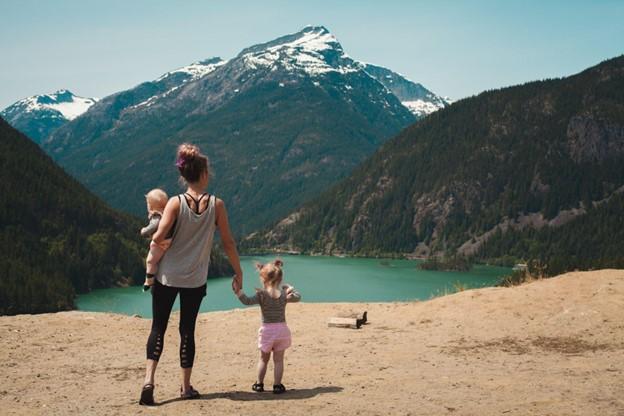
Table of Contents
What to Expect When Hiking With Kids?
Hiking with kids is an excellent way to introduce them to the outdoors at a young age, but it can also be intimidating for the parent organizer. It can be frustrating, exhausting, and extremely slow. But if you put in the effort to find small adventures step by step, those little legs will grow strong, steady, and bold.
Related Reading:
- Top 10 Camping Essentials for Family
- Why Your Toddler Tantrums (Reason and What To Do)
- 8 Steps to Stop Toddler Screaming – Why It Happens and How to Handle It
Start Simple and Easy
If you’ve never done a multi-day family trek, begin with shorter, easier treks and work your way up. The first a few hike is about the bringing experience for kids. Choosing a trail with some features, such as a lake, waterfall, or playground, they will keep kids occupied and provide them with a goal to strive for. Remember that the journey is more important than the destination. If your kids naturally curious and want to pick up and touch everything by their own hands, make sure they have enough time to explore.
Prepare for the Unexpected
Hungry, tiredness, tantrum, impatient, sleepy, even you start with an easy trek, but that doesn’t mean it won’t be challenging. Always remember to bring the essentials for hiking, such as wet tissues, magnifying glass, camera, some food, water, torch, etc. Meanwhile, be prepared for plenty of breaks.
Make Frequent Energy Stops
Take frequent small breaks for fluid and food to keep your child happy and motivated. Segregate the journey into smaller objectives and connect them by energy stops to keep kids moving. For example, “We’ll take a break and have a sandwich when we reach that tree.” By the time they finish the sandwich, set the next objective. Bring a variety of snacks in case your child becomes a picky eater while on the trail.
You Might Not Make It to the Top
Depending on how old or young the children are, you might not be able to make it to the summit. And that’s OK! Turning around, following the trail, and going back to the starting point is always an option.
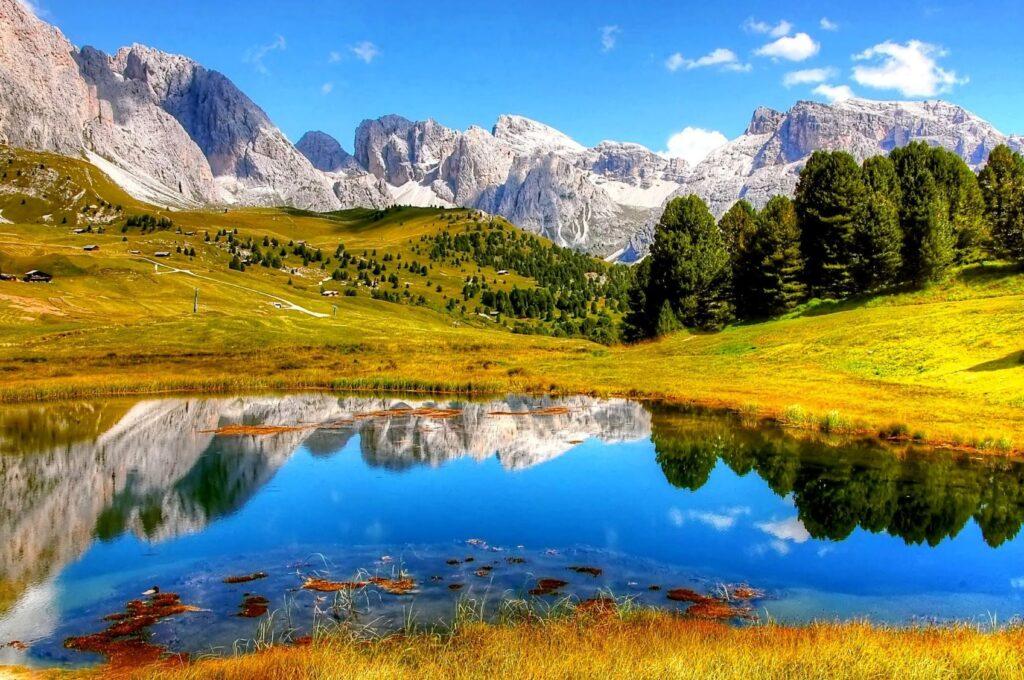
What to Bring for Family Hiking
Here’s the essentials you need to bring on your hiking with kids.
Related Reading:
- Live in a RV and Travel around the UK with 3 kids for the next 365 days
- 10 Reasons for Kids to Have Pet
- 12 Healthy and Easy Snack Ideas for Kids (New Ideas Inside!)
- Is Soda Drink for Kids Good For Health?
- Backpacks, Everyone in your family will need a backpack, even the baby or pet. You can either carry your child in a front-facing carrier or get a hiking backpack designed for children.
- Proper Shoes, You can’t go hiking without the proper footwear. Hiking boots are unnecessary, but they will make your hike more comfortable. If you don’t have hiking boots, ensure everyone has comfortable shoes with good traction.
- Warm Clothes, Even if the weather is warm when you start your hike, the temperature can drop quickly at higher elevations. So make sure everyone has a jacket or sweater they can easily access.
- Healthy Snacks, Hikers burn nearly 400 calories per hour. So you’ll need to bring plenty of snacks to keep everyone fueled throughout the hike. However, avoid sugary snacks and choose healthy options like fruits and nuts.
- Water, Each person will need at least one full water bottle. Adults should drink at least two liters of water daily, and children should drink at least one liter. You don’t want to run out of water, so having too much is better than not enough.
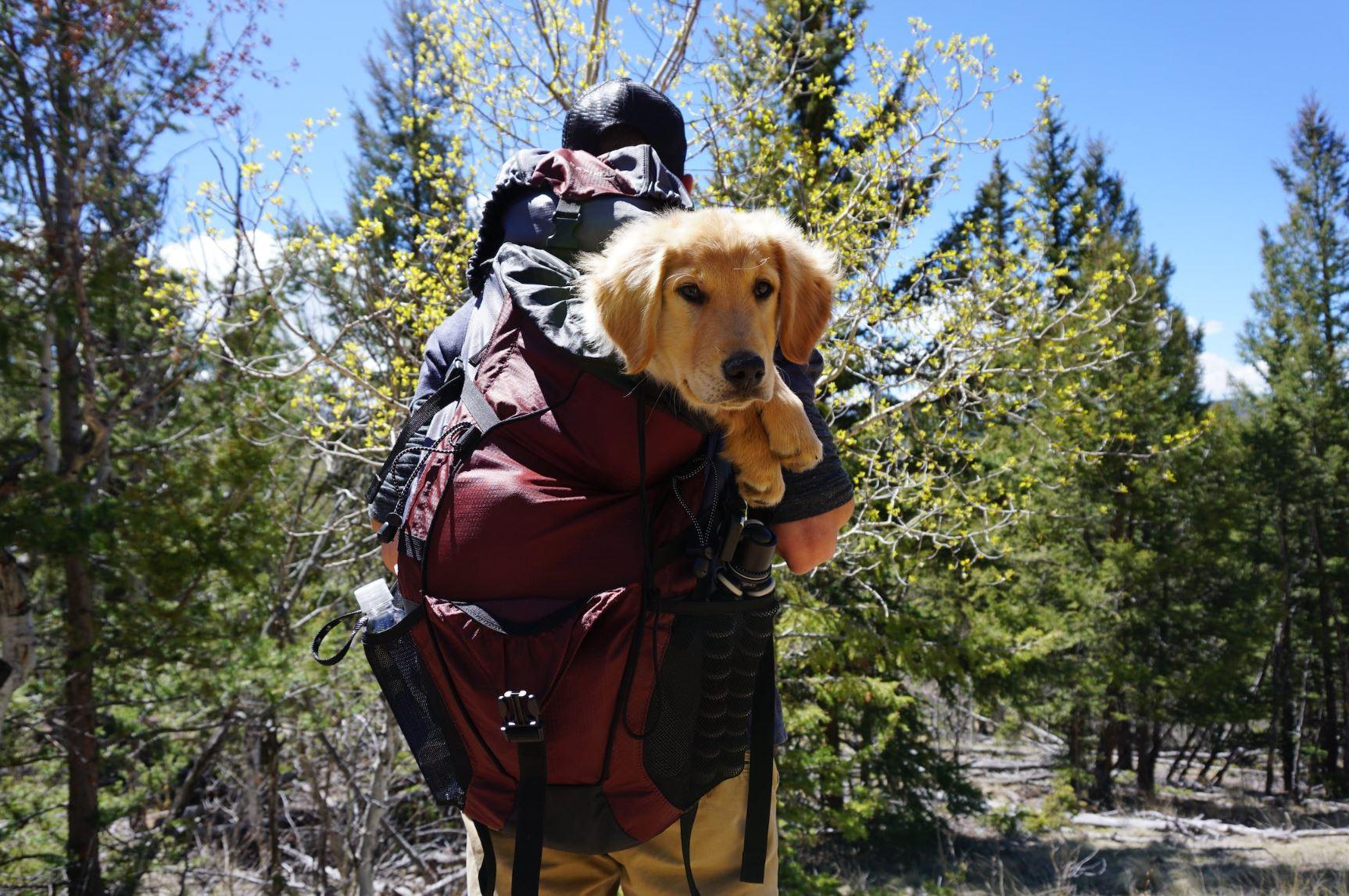
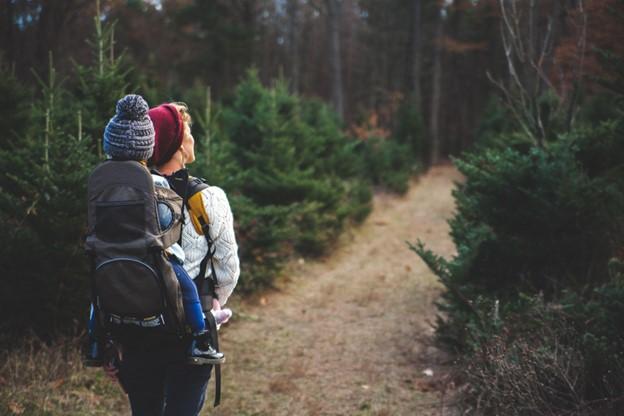
12 Hiking Tips
1. Plan Together
Related Reading:
- 11 Tips for a Meaningful Summer Holiday for Both Kids and Teens
- 10 Best Ways to Teach Kids About Money
- How Young is Too Young to Understand Money?
Before you even set foot on the trail, you can sit down and plan your hiking with your kids together. That is a great opportunity to involve the whole family in the trip. You do not have to plan in every minutes as kids are unpredictable. However, it would help if you still had a plan, such as which trails you’re going to hike, where you’re going to camp and how long you’re going to be gone. That will help everyone be prepared for the trip.
Start by looking at a map of the area. That will give you an idea of what trails are available to you. Platforms like All Trails and Hiking Projects can help you find trails near you. Next, look at the trails’ difficulty and find one appropriate for your family.
2. Choose a Leader and Give Everyone a Job to Rotate
Kids enjoy feeling in command. It is a great opportunity to imbedded leadership by letting them to be the leader, either taking turns or together. For the rest of family? Also give everyone a job to do on. That way, they’ll have something special to focus on other than how much further they must go.
Here are a few ideas:
- Parents can be in charge of taking pictures.
- The older kids can be responsible for navigation.
- The younger kids can help carry and share snacks.
- Everyone can be responsible for cleaning up after themselves.
During the trip, make sure to check up on everyone and see how they’re doing with their jobs. Talk to the kids, explain the importance of their jobs, and offer help if they’re having trouble.
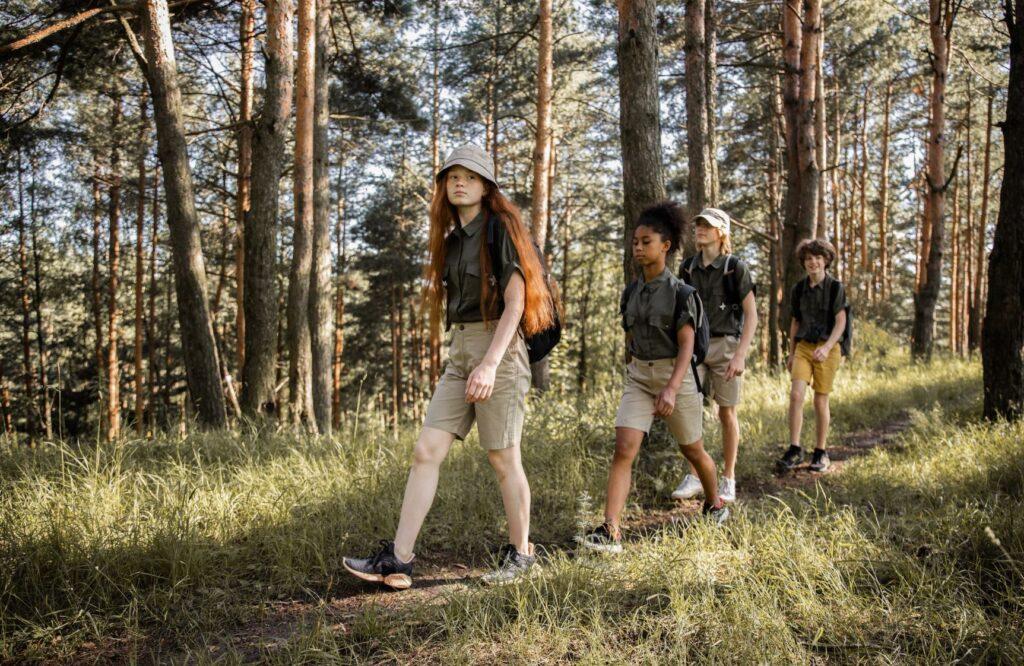
3. Take Family Pictures
You have a completely unplugged, screen free time, with kids. Time to capture these moments. Ask everyone to take turns behind the camera. That way, everyone can be in the pictures, and no one will feel left out.
And don’t worry, everyone will have fun while taking pictures. Sounds fishy to you? It’s the truth, and science got our back on that too.
Related Reading:
4. Use a Navigation App
There are many great navigation apps, but we recommend using Gaia GPS. It offers topo maps, allows you to track your progress, and even find trails near you.
A trail map will allow you to go off-road and take shortcuts if necessary. And the tracking feature is great for safety purposes. If you get lost, someone will be able to find you using your GPS coordinates.
5. Dress to Succeed
Make sure you bring enough clothing for your kids in case they get cold while hiking. Always bring rain gear; aside from being useful in wet weather, it can also be used as windbreaker. Remember to bring hats and gloves for everyone; even in the summer, mornings can be cool. Make sure your children have appropriate hiking shoes, which can range from sandals to tot-sized hiking boots depending on the terrain. Finally, pack a change of clothes for each child and leave them in the car when you return from the trail; chances are, your kids will be wet or muddy!
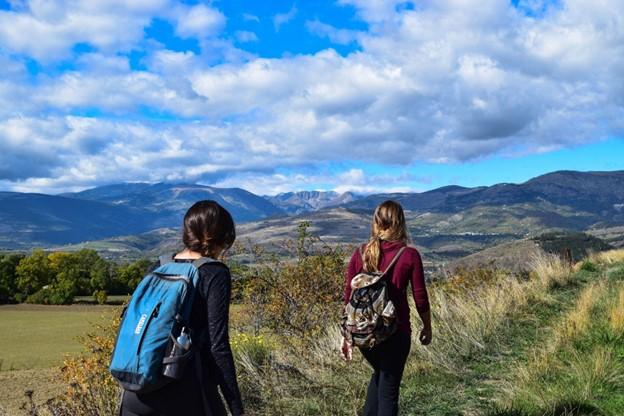
6. Let the Kids Carry the Gear
Kids love to feel like they’re a part of something. And one of the best ways to make them feel included is to let them help carry the gear. A good rule of thumb is to let them carry about 10% of their body weight. So if your child weighs 50 pounds, they should be able to carry about 5 pounds of gear.
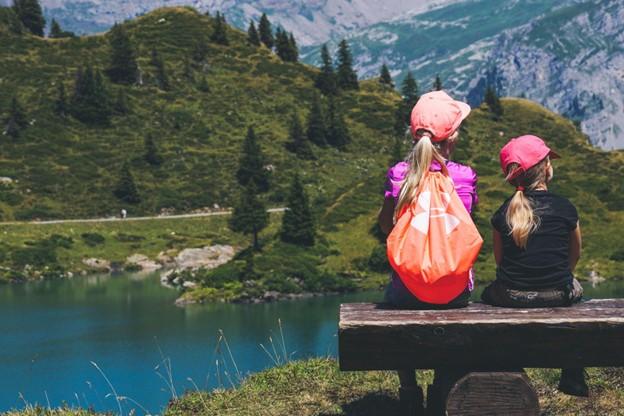
7. Leave No Trace
If you’re going on a hike, we can safely assume that you love nature. If you do, then you should want to protect it. That’s where the Leave No Trace principle comes in.
The Leave No Trace principle concerns leaving the wilderness the way you found it. That means packing out all your trash, not disturbing wildlife, and being careful with fire. As kids are the future stewards of our public lands, we need to teach them how to care for those spectacular wild places at a young age. When hiking, make sure to collect all of your trash together with kids. While taking a break, inspect the area to ensure that everything is in its proper place.
8. Hike With Another Family
Hiking with another family is a great way to make new friends and have a blast. The kids will have someone to play with, and you’ll have someone to chat with. Of course, finding another family to hike with is not always easy.
One way to find a family to hike with is to post on a hiking forum or Facebook group. You can also try asking around at your local hiking shop. Making sure that the other family is a good fit is also important. You want a family with similar hiking experiences and goals. Talk with them in advance to ensure everyone is on the same page.
9. Make it Enjoyable!
Related Reading:
- 25 Fun Family Games To Play Together with Kids
- The Most Complete Fun and Interactive Hand Games For Kids
- 5 Playful Ideas To Encourage Your Toddler Talk With You
The key to hiking success is to keep the kids engaged and entertained. Make games for you and your children to play on the trail.
- Sing Songs
Singing songs is a great way to pass the time on a hike. If you’re hiking with children under 7, we recommend bringing along some of their favorite songs.
Some popular hiking songs include “The Bear Went Over the Mountain” and “Walking In The Forest.” Of course, there’s nothing wrong with singing some contemporary songs either.
Singing songs is also a great way to keep everyone’s morale high. If someone is feeling tired or cranky, a few upbeat tunes might be just what they need to feel better.
If you’re feeling creative and have young children, you can also make up your songs. Just make sure they’re appropriate for the environment.
- Prepare Games
Is there a better way of passing the time than playing games? If you’re hiking with young children, we recommend bringing along some of their favorite games.
Some of the more popular hiking games include “I Spy” and “20 Questions” or “Scavenger Hunt”. Of course, there’s nothing wrong with playing some contemporary games either.
Make new games if you want. Nothing’s off limits, so have fun. Just make sure they’re appropriate for the environment.
10. Positive reinforcement
When hiking, compliment your kids on how well they are hiking, how strong they appear, and how fast they are – even if they aren’t. Kids need to hear that they are doing an excellent job, especially if it is their first time out on the trail.
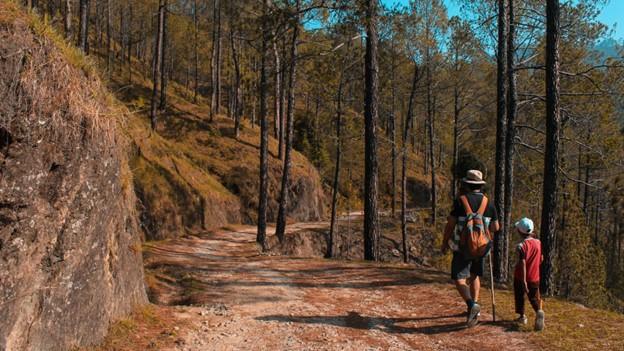
11. Plan End of Hike Rewards
In the end of the challenge day, offer your kids a reward to compliment the hard working day. That could be an ice cream, a Fanta, or big hug. It doesn’t have to be something overly-fancy – just something to show your family that you appreciate their effort and had a great time.
12. Sibling Fights
Young kids can be competitive. They might start competing, pushing each other, and trying to be the first one to the end. If that happens, it’s to slow down and have a talk with them about how hiking is supposed to be fun and helping each other.
Related Reading:
- The Difference between Bribe and Reward your Kids
- What Should Parents Do? A Story about Kids Lie and Sibling Fight
- 8 Best Positive and Gentle Parenting Books for Toddlers’ Parents
- Positive Discipline – How to Get Your Toddler to Listen Without Yelling
- 10 Fun Sibling Games To Heal Sibling Rivalry
Final Thoughts from Pragmatic Lifestyle
Hiking is a great way to spend time with family and enjoy the outdoors. But it’s important to remember that hiking can be dangerous. Before you go on a hike, make sure you’re prepared. That means starting with an easy route, having the right gear, packing plenty of food and water, and knowing your limits.
Once you’re on the hike, take it slow and enjoy the scenery. And if you have young children with you, make sure to keep an eye on them at all times.
By following these tips, you’ll be sure to have a great time on your next family hike.
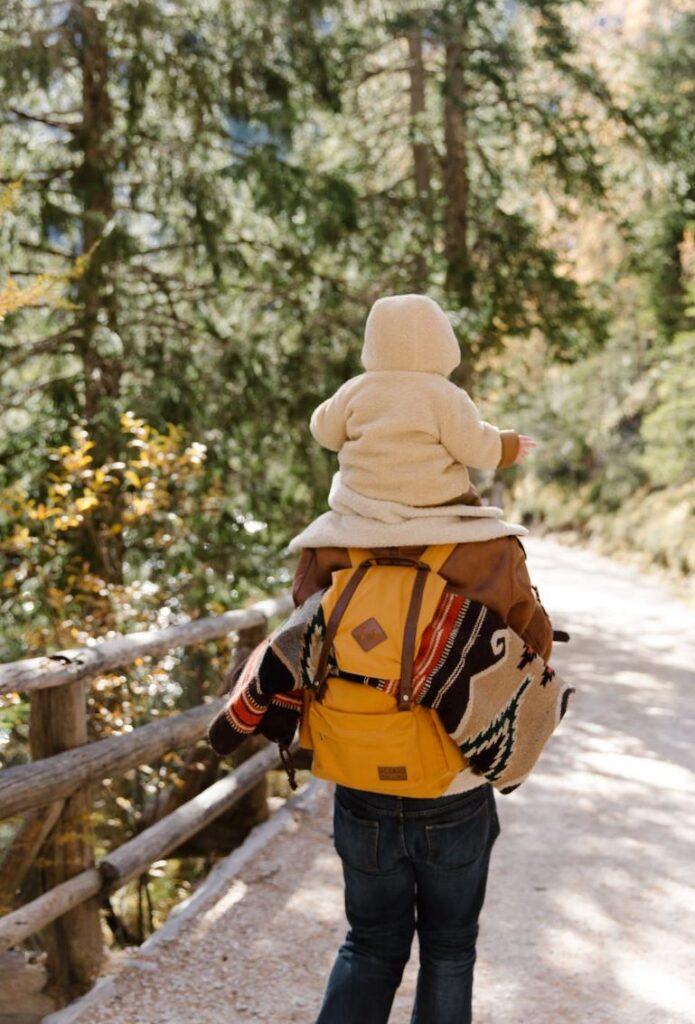
About me
Hi, there. I am Lin. Together with my husband and two kids, we live in the beautiful Netherlands in Europe. I am dedicated to self-development, creating quality time for the whole family, and fully supporting kids with their potentials and possibilities with all I have learned from engineering, MBA, and 10+ years of working experience in the energy sector.


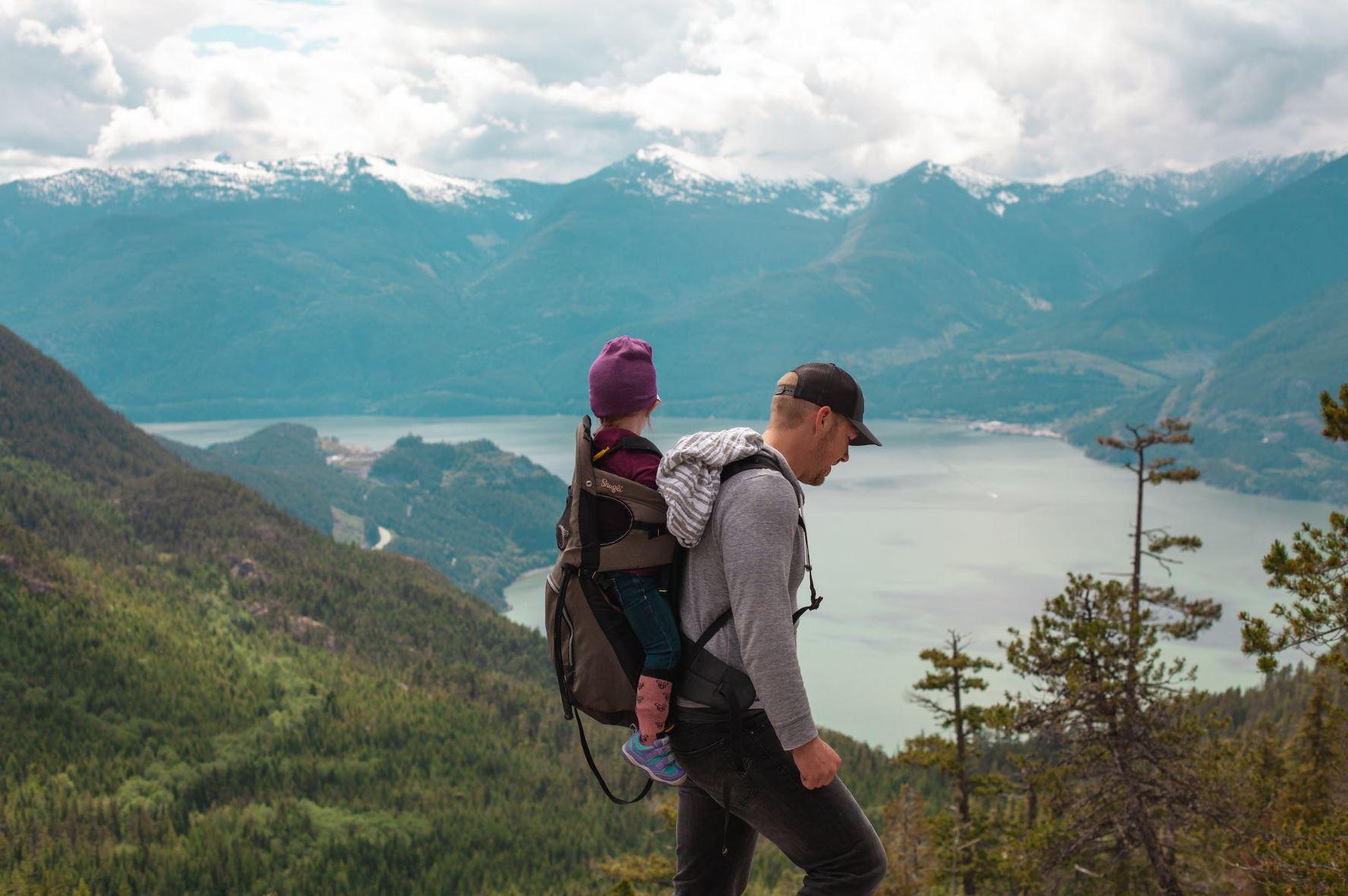
2 Comments
Comments are closed.